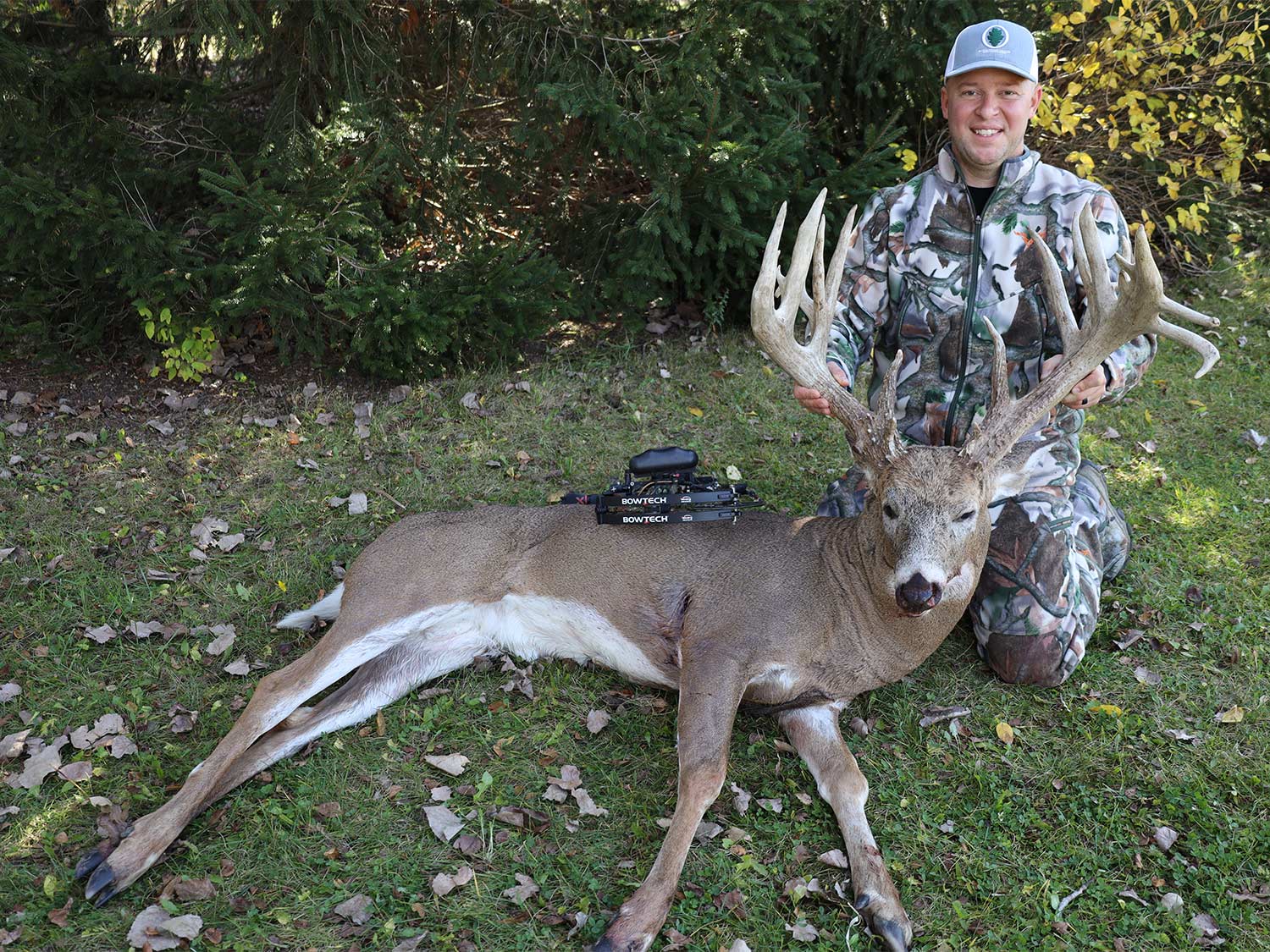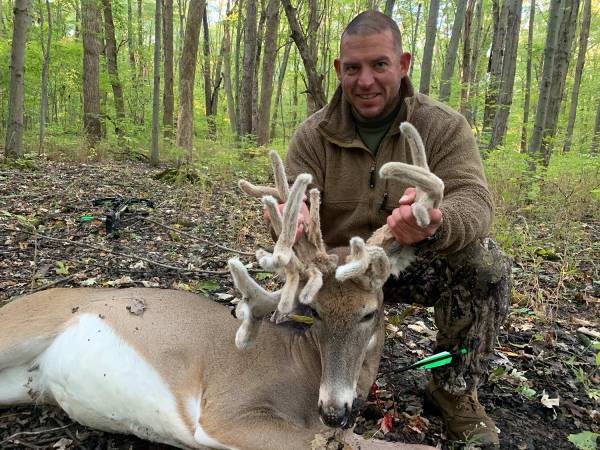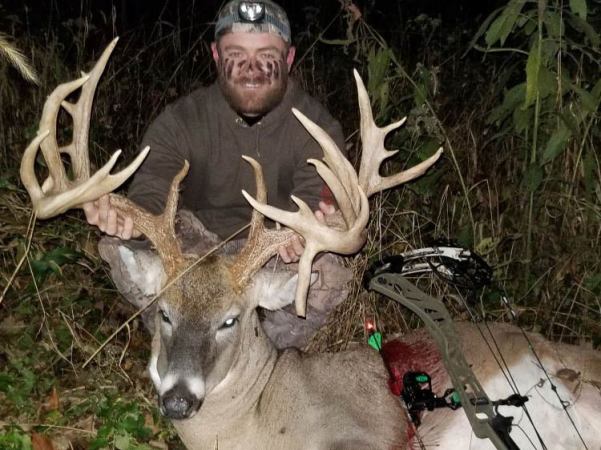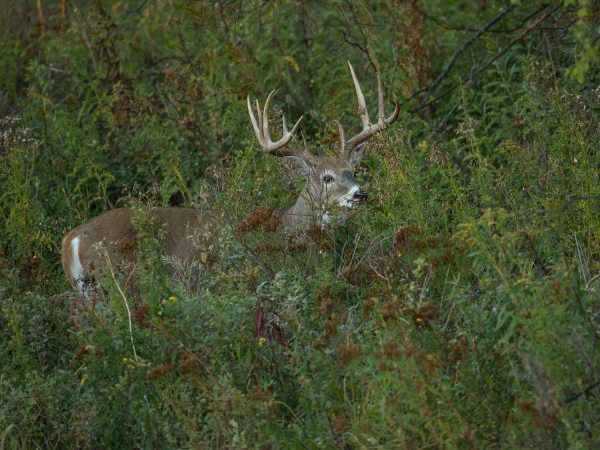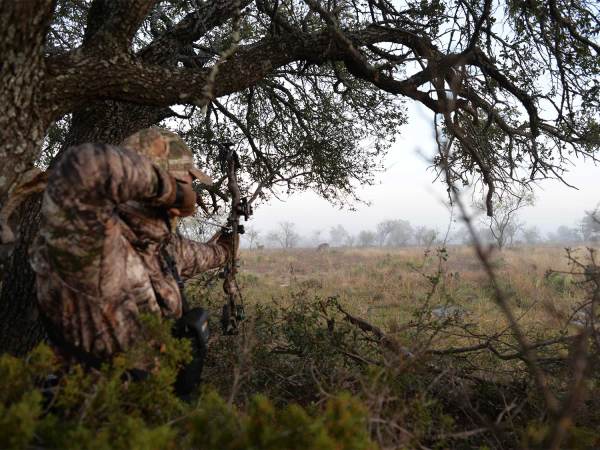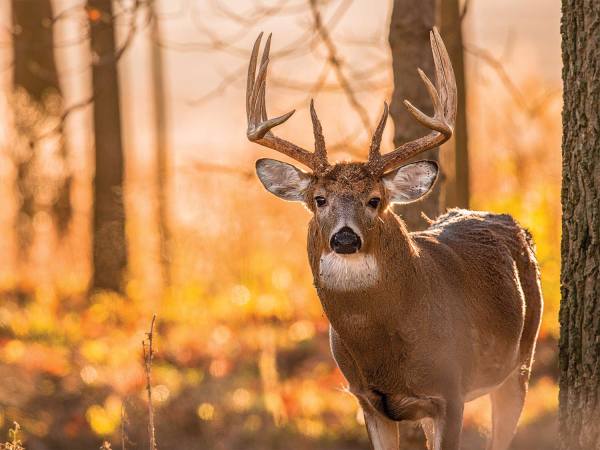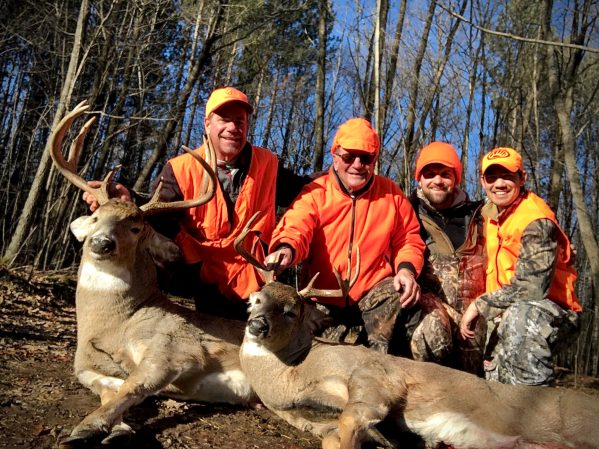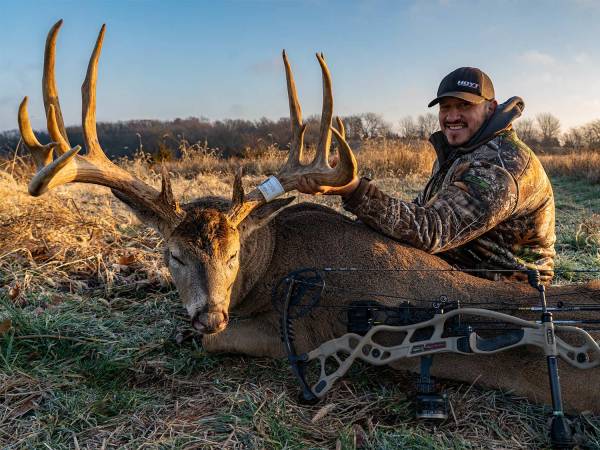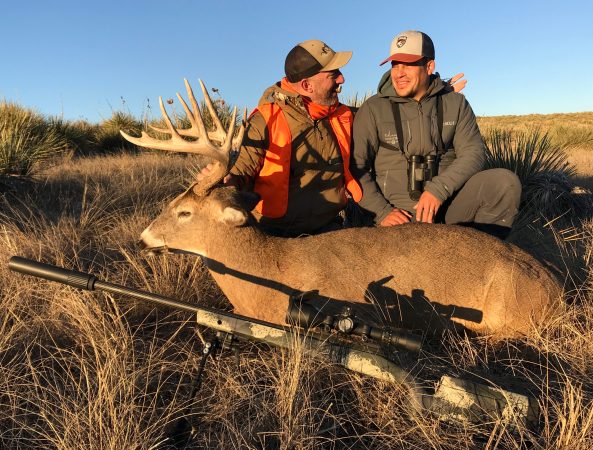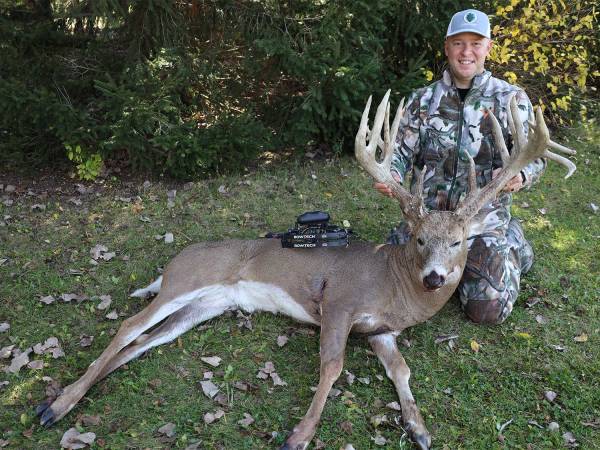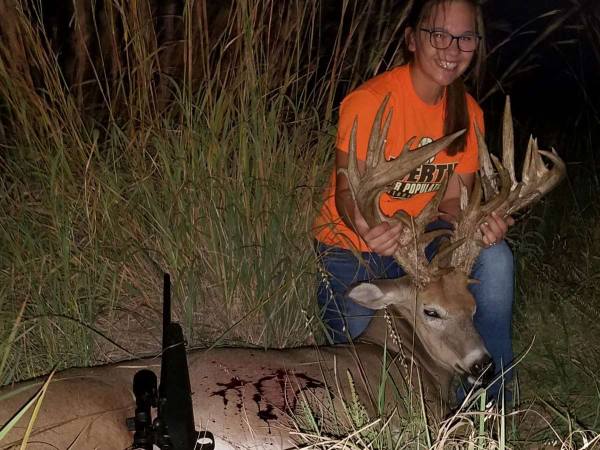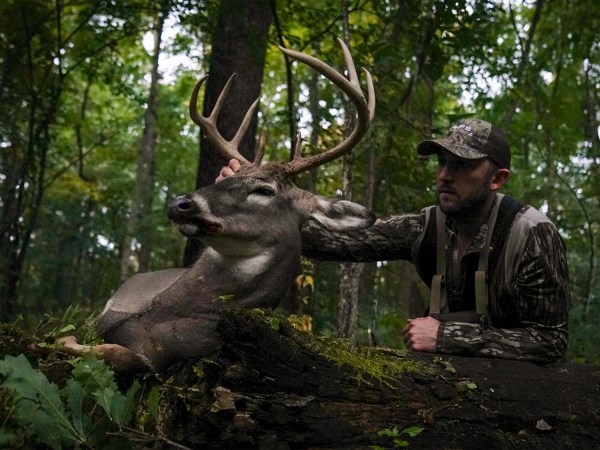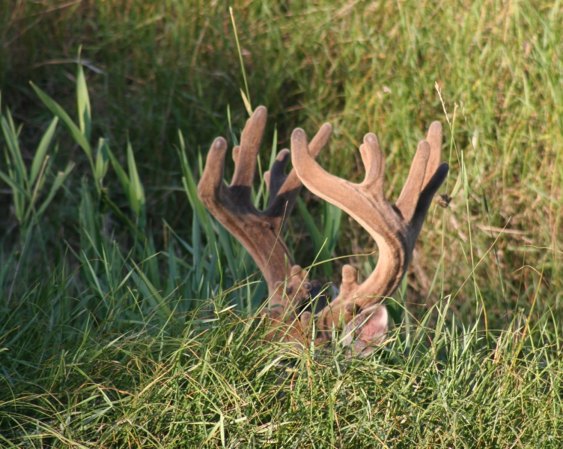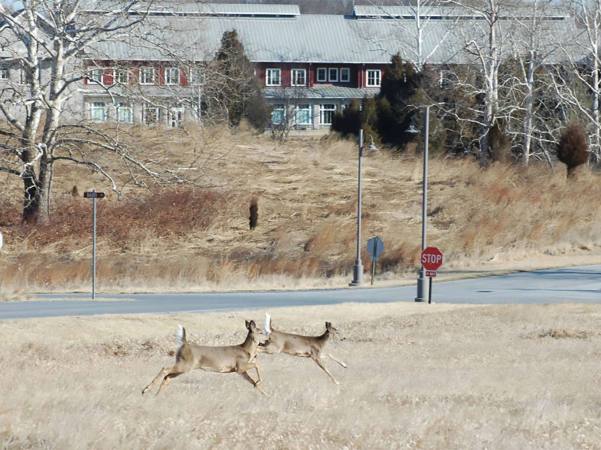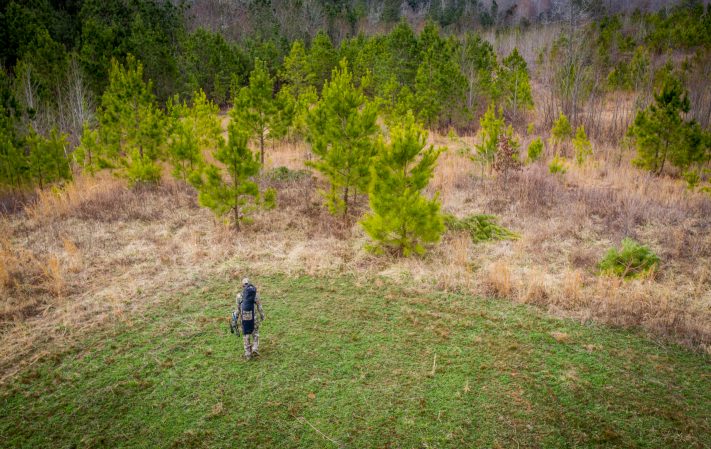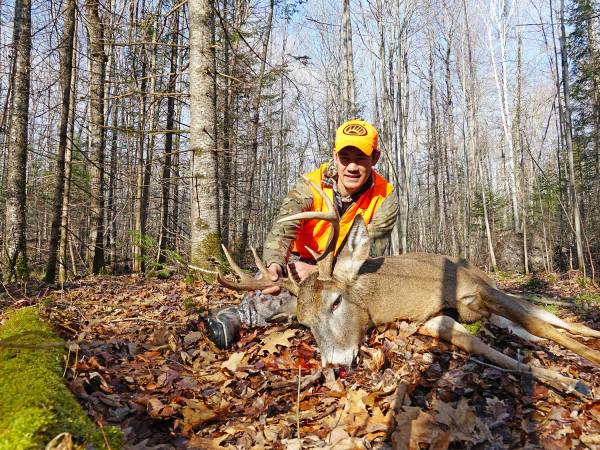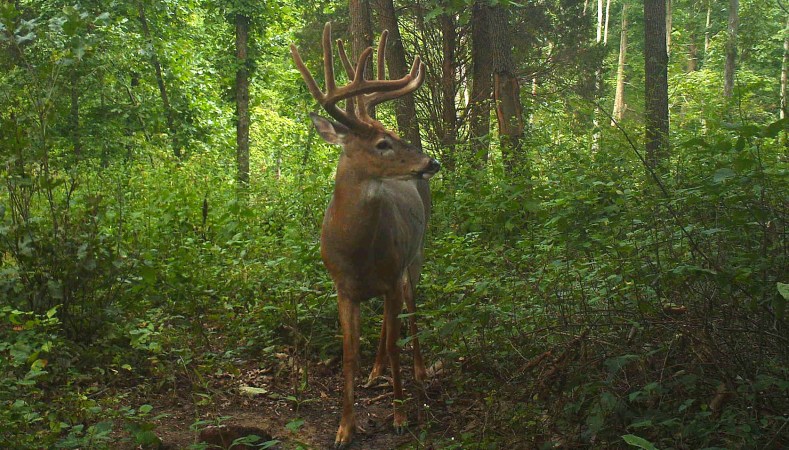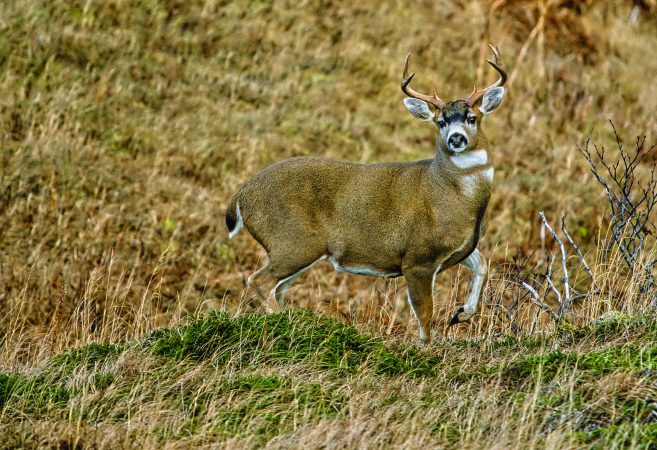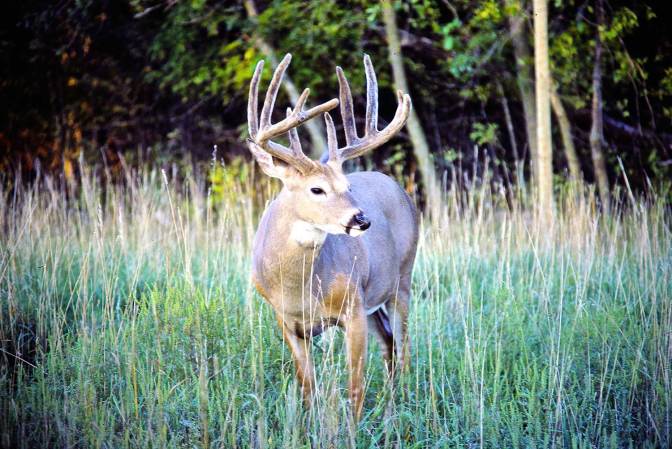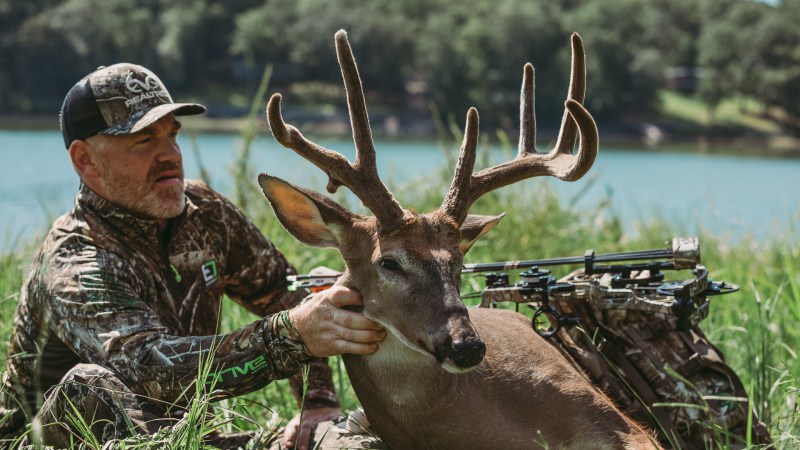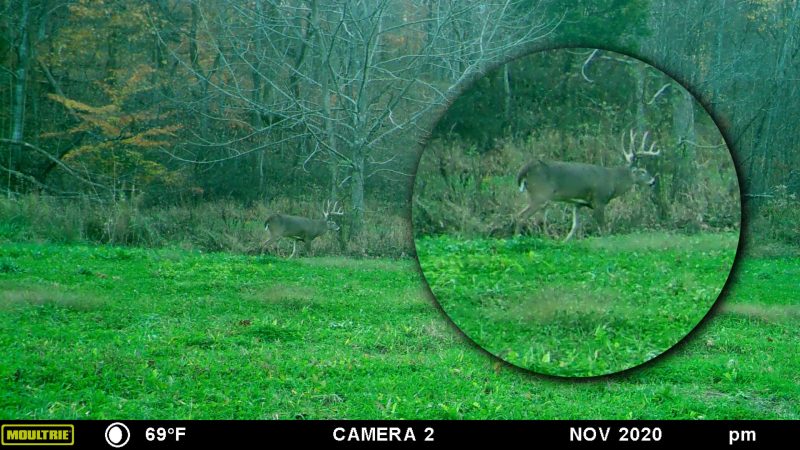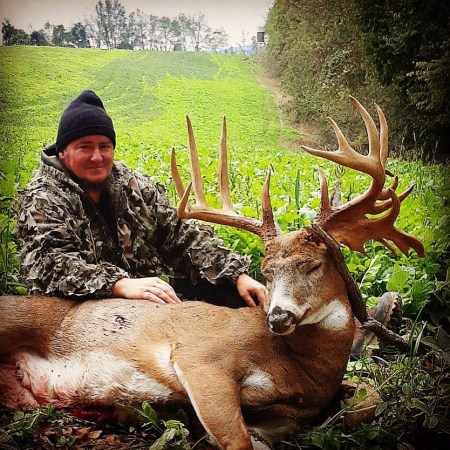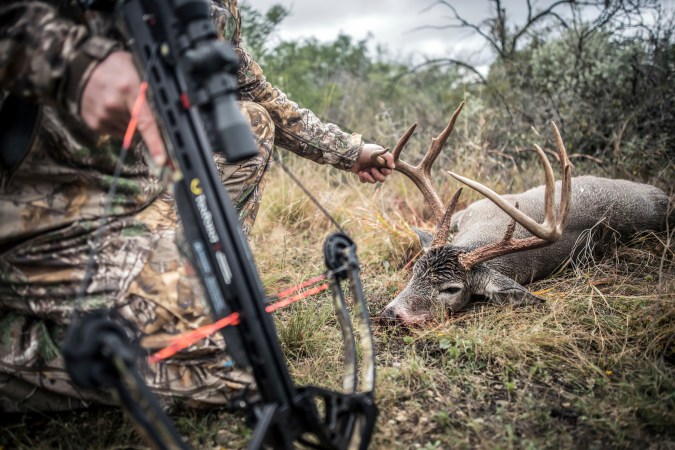If I’ve ever had a true love-hate relationship, it is with the state of Ohio.
Living just about an hour from the Buckeye State’s northern border, I’ve spent more time hunting in Ohio than any other state beside my home state of Michigan—andI’ve yet to kill a single buck. In that time, however, I’ve captured trailcam images, seen in person and had painfully close encounters with enough world-class whitetails that I really don’t need much more evidence to know that Ohio is a pretty special place for truly big bucks.
But, just in case you do, here’s the evidence.
In the world of deer hunting, there are but a few states that seem to hold truly legendary status with locales like Iowa, Kansas, and Illinois likely topping the list of most serious whitetail hunters. Ohio is often mentioned but not given the status that it has earned. Over the past decade or so, the number of truly giant whitetails that have been tagged across the country has been incredible. With more hunters learning what it takes to produce top-end bucks (the primary factor being age), the sheer volume of gagger-size bucks displayed every year on social media and hunting-focused outlets continues to climb. And a whole bunch of those — and I dare say some of the biggest of the big — are coming out of Ohio. Don’t believe me?
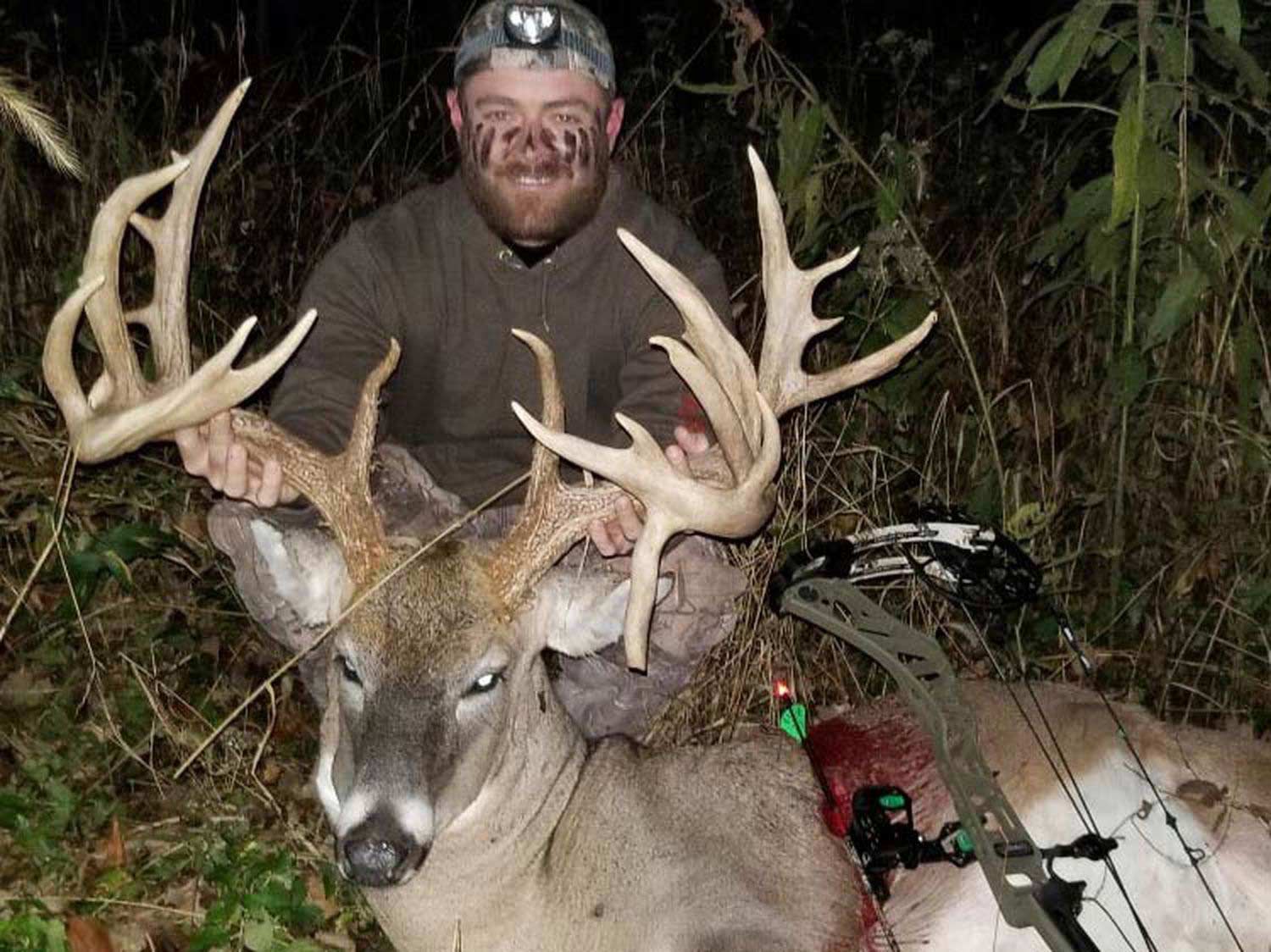
Take a look at this Facebook page. If you’re an Instagram fan, take a gander at the hashtag #ohiobigbuck. The results are jaw-dropping.
But what is it that makes Ohio capable of producing such giants…and, a better question: Why isn’t Ohio given the same status of some of the other top-end locations? Well, I have some theories.
Is There Something in the Water?
Okay, I don’t really think there is some special magic in the water of Ohio that creates giant antlers. I do, however, believe that’s not a completely crazy notion. Spend much time in Ohio, particularly the southern reaches of the state, and you’ll encounter plenty of mineral operations. Gas and oil wells are abundant and, not coincidentally, anyplace I’ve hunted with gas and oil wells across the country seems to have a knack for producing top-end bucks. Given that antlers are comprised of minerals, it would make sense to me that areas with high amounts of minerals in the soil. Ohio dirt is loaded with minerals.
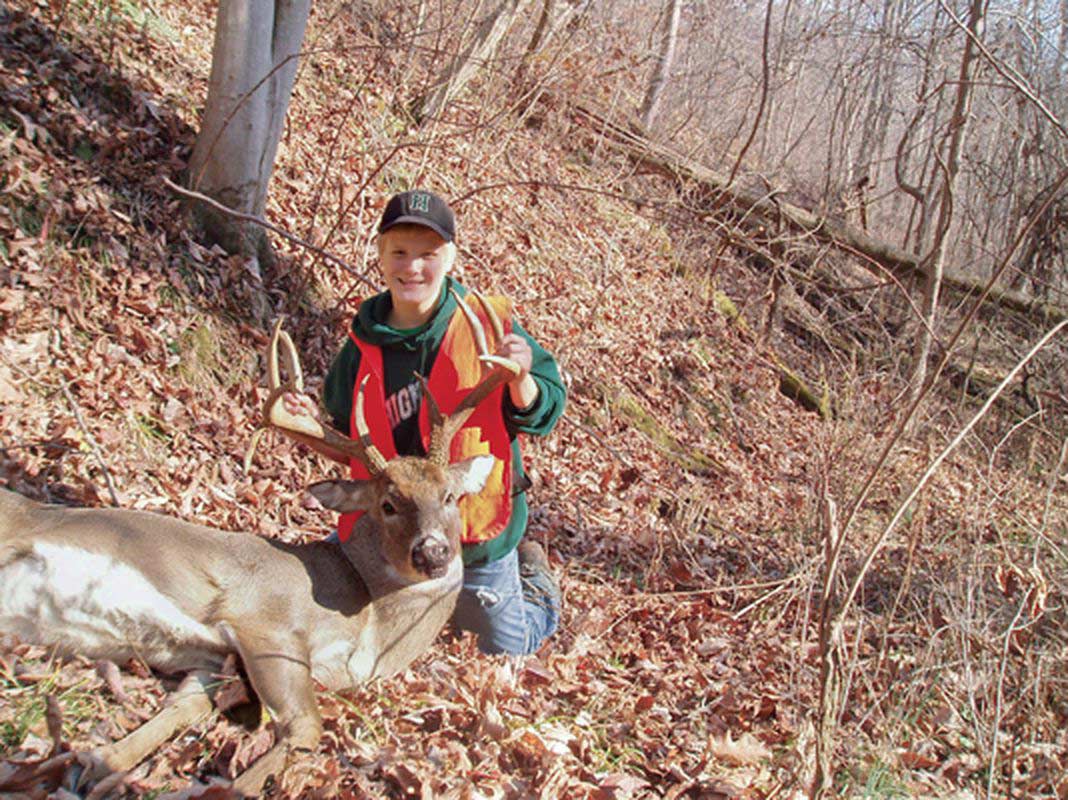
The Hills Have Bucks
You’ll find record of huge whitetails being taken in every one of Ohio’s counties, but you’ll see many more of them coming from the area of the state where Appalachia begins. That means hills and those hills can be pretty damned steep. This is some rugged country and covered in hardwood timber. Red and white oaks are the dominant species in most areas creating ideal deer habitat—the type of terrain difficult enough to allow bucks to hide and escape with relative ease.
Ditches, valleys, thickets, and ledges all combine to create diverse terrain features that can be difficult to physically traverse (and doing so quietly on a still fall morning is physically impossible). In addition, wind doesn’t do the types of things you’d expect it do, further adding to the advantage deer have at detecting human predators. In short, it is this terrain that allows a whole bunch of Buckeye bucks to reach maturity simply because they are able to pick off approaching and stand-sitting hunters long before we ever see them.
Ohio is hands-down the most difficult state I’ve ever hunted in terms of terrain and movement patterns. Finding areas that are holding big bucks isn’t difficult. I’ll capture more trailcam pics of fully mature bucks on public land in Ohio in a single season than I will in a lifetime of running cameras on prime private ground here in Michigan. Killing those bucks, on the other hand, is infinitely more difficult simply because of where they live.
I’ve learned a bunch about hunting the hills over the years. But I’m still nowhere near master level.
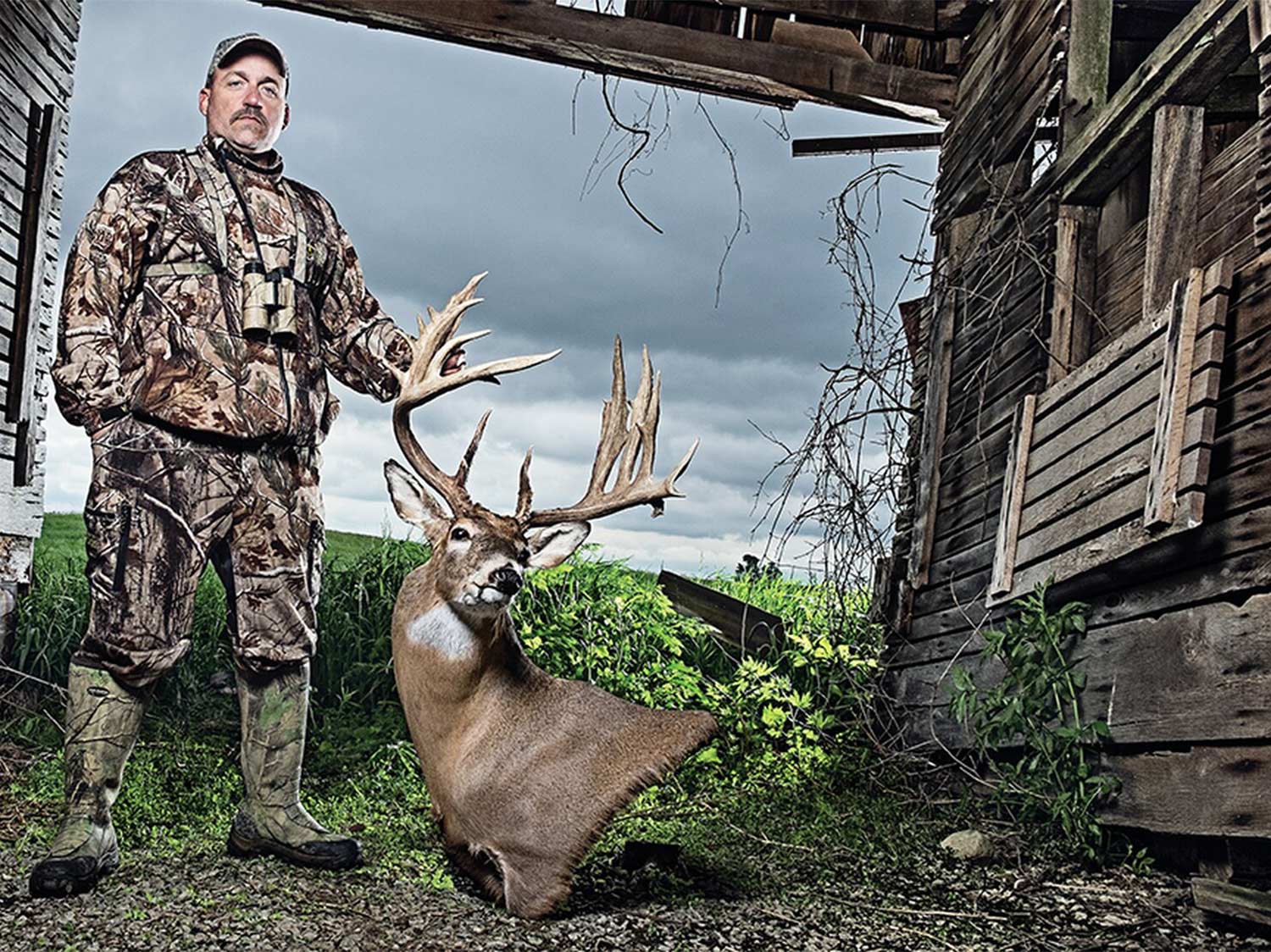
The Bucks Know They’re Being Hunted
One of the biggest differences between Ohio and other trophy-producing states like Iowa and Kansas is in the overall behavior of the bucks.
I’ve never really had much difficulty in taking mature deer in Iowa or Kansas, aside from obtaining a tag. In Iowa, it takes me three or four years to accumulate enough points to draw a non-resident bow tag. Two years ago, a friend and I finally drew tags. It took us about 48 hours to kill two mature bucks (including one mega-giant) on land we’d never hunted before.
In Kansas, the last four bucks I’ve tagged took an average of just under three days of hunting on public ground that I had not hunted previously.
I’m not saying those bucks are dumb, but they’re certainly naïve to real hunting pressure. They do the things deer like to do and they do so in fairly predictable fashion during daylight hours.
In Ohio? Yeah, not so much. Ohio sells about a 400,000 deer licenses each fall (Iowa, by comparison, sells fewer than 90,000 bow licenses each year). Odds are pretty good no matter what part of Ohio you hunt, you’ll encounter a whole bunch of other hunters and those hunters, like those in Michigan, grew up hunting deer that are pressured.
Know that a fully mature whitetail is a different animal from an immature deer. A fully mature buck that has lived its life in an area of heavy hunting pressure is an entirely unique critter. Ohio bucks fit the bill. They may live in some areas that are so rugged and remote that they don’t encounter extreme hunting pressure, but they all have experienced some measure of pressure and that, combined with the type of terrain they live in, makes them a bugger to hunt.
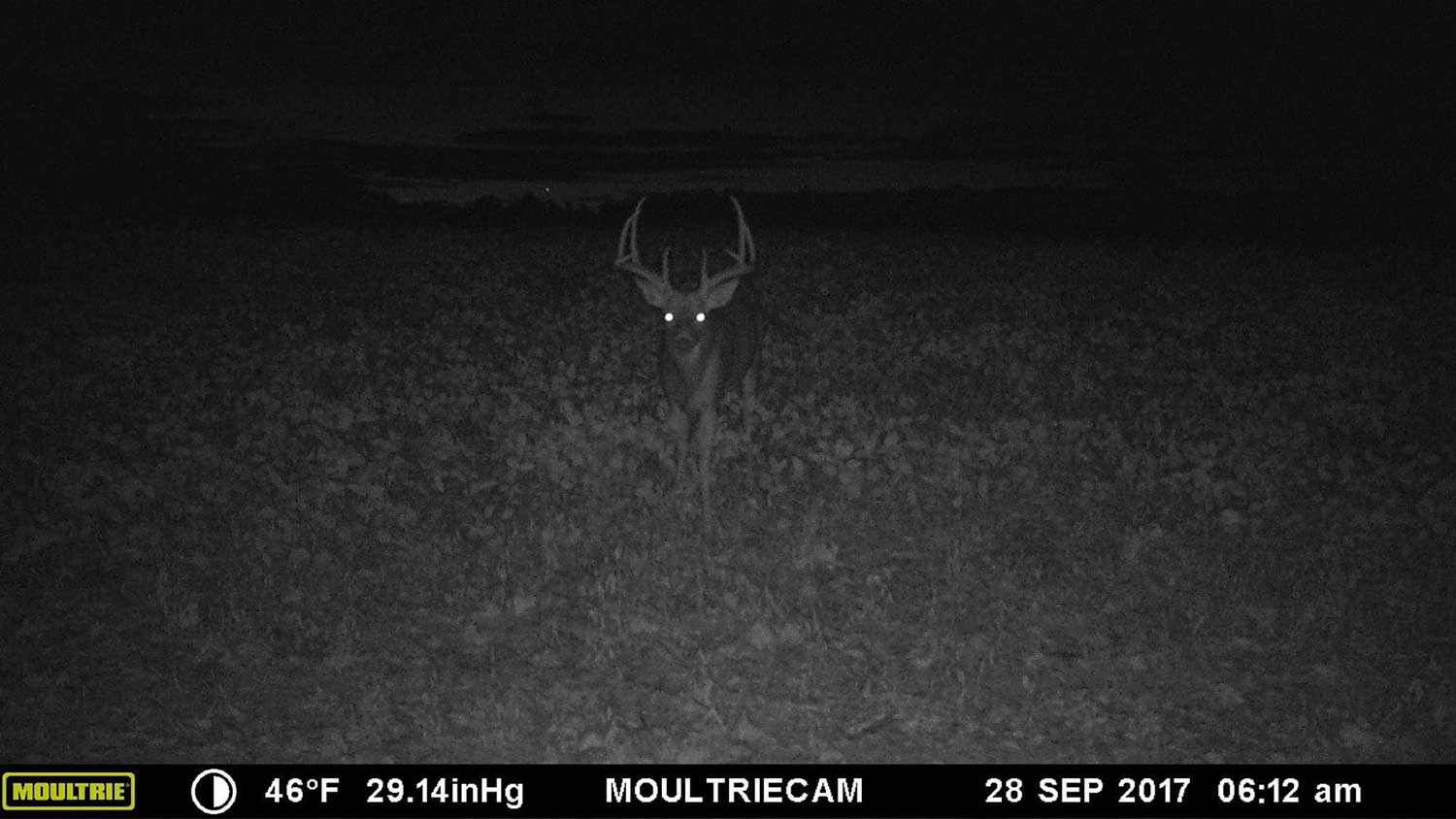
The Season Advantage
The final factor that helps create this big-buck factory might be the most important one. Ohio’s season structure is tailor-made for producing giant bucks.
For starters, the state has had a one-buck limit for as long as I can remember. That limit is without. There are no landowner tags allowing you to take an extra buck. You can not kill one buck during bow season and another in gun season. It’s one and done.
Ohio’s shotgun season starts the Monday after Thanksgiving — while there “might” still be some measure of rut activity, the prime of the rut is gone and that makes bucks that much harder to find in daylight hours. The season lasts just one week, ending the following Sunday. It then shuts down and two weeks later, reopens for a single weekend.
Yes, I’m primarily a bowhunter and I suppose I do have a bow-focused bias, but there is no question that the amount of gun season pressure an area receives is directly related to the number of mature bucks an area can produce. Ohio’s season structure is ideal for allowing more bucks to reach maturity.

